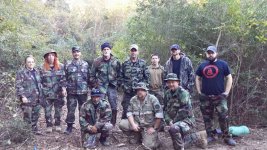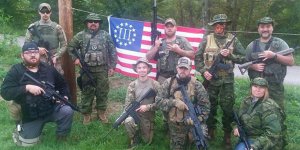The S4B's, however are NOT what you described. The S4 order of dress were as follows: S4A: service pants, shoes, long sleeve shirt and tie - could be worn with combat sweater. That's what we wore in harbour in winter. S4B was the same but substitute short sleeve shirt/open collar for the long sleeve/tie one. That's what we wore in summer.
When we let the lines go - had finished exiting harbour (i.e. part ship hands had been secured) we switched to a W5/W6 combination.
The W orders of dress were amazingly simple: W1: full work dress including jacket and tie; W2: same without the jacket*; W3: full work dress with jacket - no tie; W4: same but without jacket - but then with sleeves rolled up, which you didn't do with the W2 order; W5: work dress with light green service shirt and jacket; W6: same but without jacket.
You may recall also that, even though not i.a.w. any dress order, we officers wore the W5/W6 at sea with our green P-cap - not the berets. If anyone is interested in finding what we looked like, I suggest you go on YouTube and type: "Canadian navy Full Speed Ahead" and watch a beautiful little document made by the CAF to attract candidates to the naval officer program of the days (mid 1970's). Here's a direct link: https://www.youtube.com/watch?v=GbmUrOtRfJU
*: To be fair, in all my years, I cannot recall a single occasion in the Navy where we bothered to wear the tie with the work dress, must be an Army thing that it even existed

.





